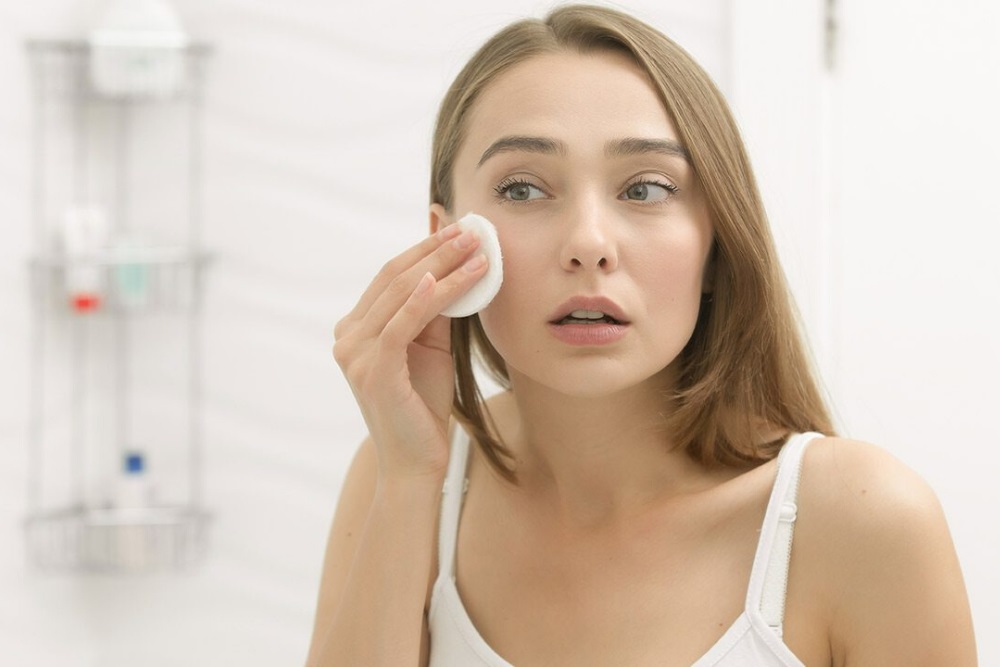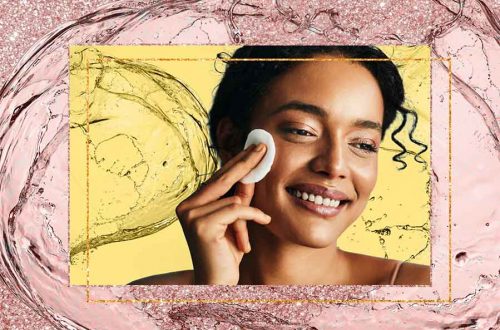
Hyaluronic Acid + Niacinamide Acid: A great combination
When it comes to skincare, it is common for consumers to look for the cosmetic options that best suit their needs. Recently, there has been a growing interest in knowing which assets or compounds can provide the most efficient results for a particular condition or correction. And, of course, how to incorporate them into a beauty routine.
Two outstanding components are precisely niacinamide and hyaluronic acid, especially for their rapid results. The best thing about both is that they work perfectly together, which further enhances each of their benefits.
In this way, it is essential to know a little more about what these compounds are about. Their main contributions to skincare and how niacinamide and hyaluronic acid together can provide positive effects in the beauty routine.
Why is Niacinamide used?
Niacinamide is a form of expression of vitamin B3 that can be extracted from natural sources such as plants and yeasts, or found in foods such as dairy, eggs and some types of meat. This micronutrient is also soluble in water and of low molecular weight Therefore, it can be easily absorbed by the epidermis or the outermost layer of the skin and also penetrate the deeper layers to act immediately on the necessary corrections. One of its most important advantages is that it is compatible with all skin types and has multifunctional
The main benefits of niacinamide in the skin cleansing, protection and beautification routine are the following:
- Provides hydration to the skin increasing collagen production and favouring greater elasticity and the reduction of wrinkles.
- It fights acne thanks to its deep action and sebum-regulating properties, which also enhances cell regeneration.
- Reduces signs of injury, such as irritation and redness, as it has an anti-inflammatory action that reduces dryness and itching of the skin.
- Protects against the sun, since in addition to protecting the skin from external factors, it also attacks pigmentation or the appearance of spots generated by overexposure to the sun.
- It has antioxidant action by repairing the DNA of skin tissue and reducing the appearance of free radicals that cause signs of ageing.
Why is Hyaluronic Acid used?
Hyaluronic acid, for its part, is a substance naturally present in different tissues of the human body. Such as cartilage, joints and of course, the skin, among others. Depending on the area in which it is found, hyaluronic acid performs different functions.
In the specific case of the dermis, it is a valuable component to maintain hydration and promote cell regeneration. Scientific advances have made it possible to incorporate this active ingredient into different cosmetic products or aesthetic treatments, thanks to its obtaining by synthesis. Its role is precise to supply the lack of the natural component that occurs over time.
The action of hyaluronic acid focuses on the attraction and retention of water molecules, which in the skin favours its soft, smooth and healthy appearance. Among its main benefits are:
- Reduces the signs of ageing thanks to its moisturising properties that prevent the appearance of wrinkles and expression lines.
- Provides firmness and elasticity by generating conditions for the production of collagen and elastin, elements that maintain the structure of the tissue.
- It rehydrates the skin, which makes it especially recommended for dry skin. But also a valuable contribution to other types of skins, since it favours natural moisturising.
- Regenerates cells, in addition to preventing the development of free radicals and consequent cell oxidation, which together provide the skin with greater resistance against external factors.
Hyaluronic Acid and Niacinamide: How to use them?

Skincare, especially facial skin, requires great caution and prevention because it is an area that is very sensitive to injuries and permanent sequelae. Therefore, it is important to know the properties that each ingredient or compound provides for the skin. But it is also good to know that not all of them can be combined in the same treatment or routine since they can generate unwanted effects. Fortunately, this is not the case, since you can mix niacinamide and hyaluronic acid in the same application and it brings very good results.
Although there are different forms of application, both ingredients can be perfectly combined in the same product. The most favourable routine to apply niacinamide and hyaluronic acid together in the same product, or separately in the same session, is to distribute them evenly throughout the face.





